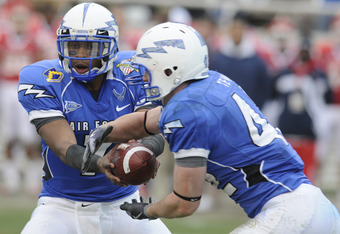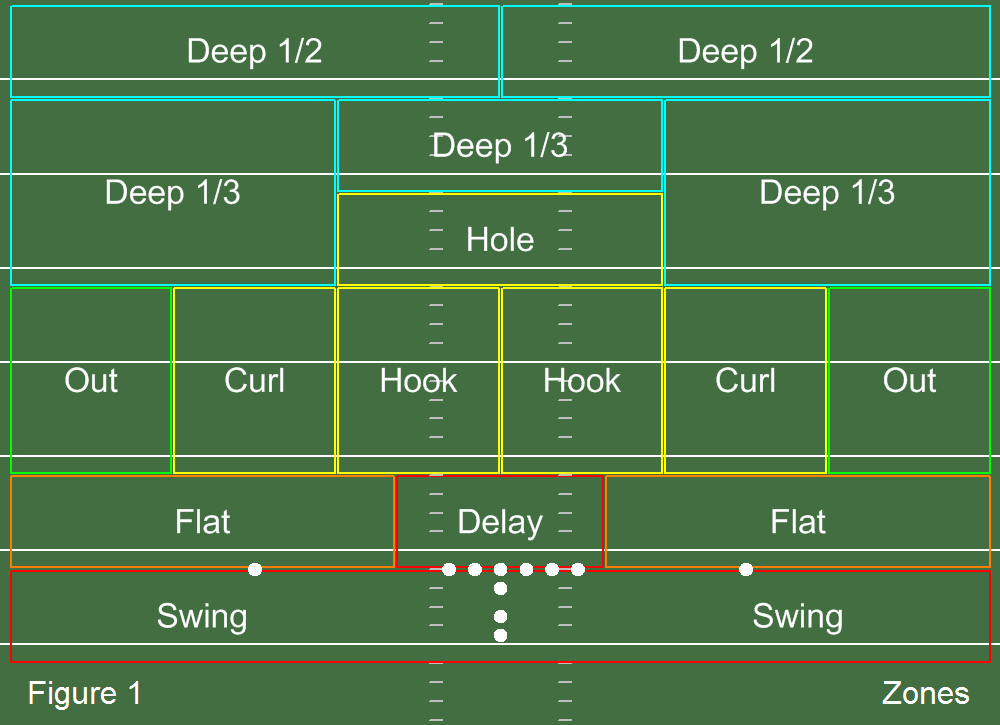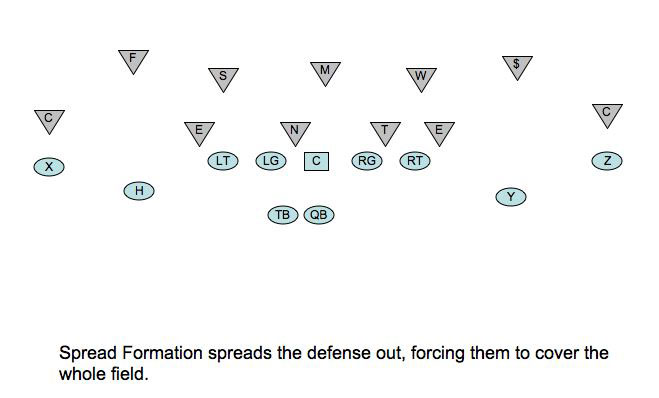PHI Recap Wk 15
Offense makes up for Defense
Sunday night's game was a huge one for Dallas, pretty much a make or break for this season. If they win, they improve their chances of getting in to the big dance, and if they lose, they need a lot of other stuff to happen to have a chance at all.
Luckily, it turned out in Dallas's favor 38-27, but the score nowhere nearly represents how stressful the game was for the second and third quarters. Dallas started off by putting up 21 unanswered points against Philly. After that, Dallas clicked into December mode. The two defensive three-and-outs they had against Philly's O faded away as (and this seemed to be the case for practically the rest of the game) any first down the Eagles got ensured a scoring drive thereafter. Philly stampeded back 24-21, and both teams traded blows.
What changed the game late in the third quarter was Brent Celek's immaculate timing on a fumble that Jason Garrett had to throw the challenge flag on to get it looked at. Dallas took over in plus territory and found Dez Bryant where he was all night- the lower right section of the endzone.
Personally, I don't feel like Dallas will make it very far in the playoffs if they do make it- their defense is swiss cheese, both up front on the run and downfield on the pass. Mark Sanchez found receivers way too easily downfield, and even when they weren't passing, McCoy was well able to gash them up front. Playoff caliber teams are decent on BOTH sides of the ball, not just one, and we can't rely on Romo and the offense, especially this late in the season, to do it for us.
Luckily, it turned out in Dallas's favor 38-27, but the score nowhere nearly represents how stressful the game was for the second and third quarters. Dallas started off by putting up 21 unanswered points against Philly. After that, Dallas clicked into December mode. The two defensive three-and-outs they had against Philly's O faded away as (and this seemed to be the case for practically the rest of the game) any first down the Eagles got ensured a scoring drive thereafter. Philly stampeded back 24-21, and both teams traded blows.
What changed the game late in the third quarter was Brent Celek's immaculate timing on a fumble that Jason Garrett had to throw the challenge flag on to get it looked at. Dallas took over in plus territory and found Dez Bryant where he was all night- the lower right section of the endzone.
Personally, I don't feel like Dallas will make it very far in the playoffs if they do make it- their defense is swiss cheese, both up front on the run and downfield on the pass. Mark Sanchez found receivers way too easily downfield, and even when they weren't passing, McCoy was well able to gash them up front. Playoff caliber teams are decent on BOTH sides of the ball, not just one, and we can't rely on Romo and the offense, especially this late in the season, to do it for us.






